What would be the actual value of stator resistance and inductance of this motor in ohms, not in p.u?
Can someone give me a valid formula for calculating it? I get the "p.u" idea but I'm not sure what is "nominal value" of resistance for a motor and if the same value is used to calculate "p.u" for both resistance and reactance. Thanks in advance
